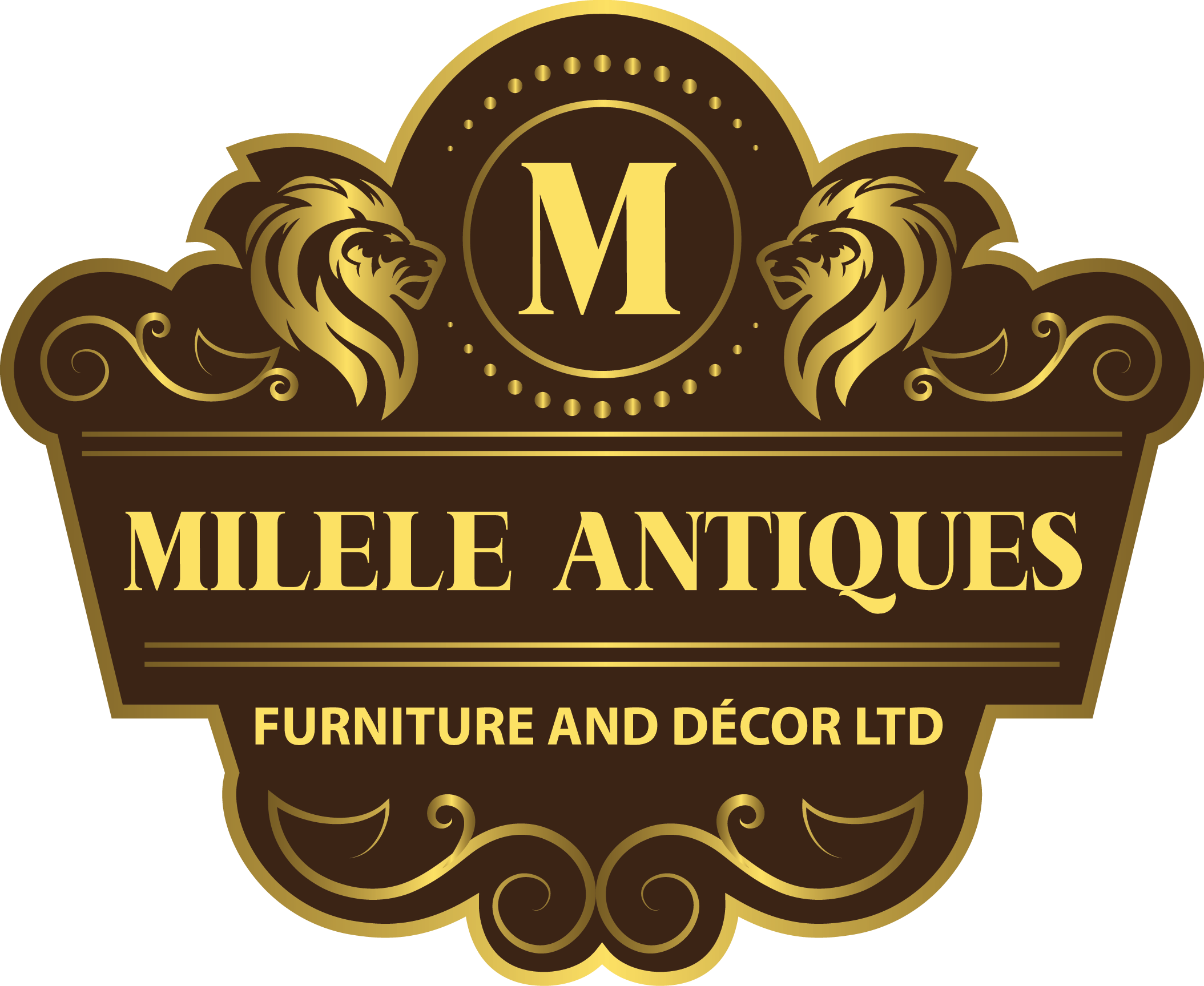Louis Seize Furniture ( 1770 -1790 )
Louis Seize, also known as Louis XVI, is one of the most notable and widely emulated styles for both furniture and interior design.
This new style emerged in France during the reign of King Louis-Auguste(1774-1793). The style was inspired by the 18th century Baroque as it had a sturdier look and included more geometric shapes in its decoration. Like its Baroque predecessor, it focused on straight lines and included motifs inspired by the classical age.
Early Louis XVI centered around large, grand rooms, similar to Louis XIV. However, towards the end of the king’s reign, a shift towards salons and more intimate spaces occurred. It incorporated historical elements and proportions that were highly appreciated by the French nobility and favored by the French kings. The Garde-Meuble du Roi, the royal furniture workshop, saw the production of most royal furniture at this time. Later, Louis XVI style also saw attractive decorations involving mythological creatures, like sphinxes and griffons. Cone finials became frequent additions to Louis XVI pieces. Sometimes, artisans painted furniture adorned with Sevres porcelain, though not always It has remained popular with popular contemporary design patterns that we’ve come to know and love. Often designers are inspired by the deep curves and straight lines of this design. Many of our most distinctive furniture pieces have a clear Rococo or Louis XVI influence. Despite the formality of this new style, ribbons and leaves reminiscent of the whimsy of Louis XIV emerged. They combined with motifs representative of classical antiquity, such as:
● Oak and olive leaves
● Interwoven flowers, ribbons, or vines
● Crowns of roses
● Flaming torches
● Horns of plenty
● Vases sprouting flora and vines
Characteristics of Louis Seize Furniture
The Louis XV style inspired this design and consisted of straight lines, symmetry, and decorative elements. The choice of color was created to give the furniture a high degree of lightness Spiral designs are characteristic of the Louis XVI style. Like the previous style, the vertical lines of a design give the piece definition and stability. The connections between the horizontal and vertical lines create an organic, flowing, and dynamic design. The structure of Louis XVI furniture evolved into a more linear and rectangular style giving up the ostentatious curves and bows of the previous Louis styles.
The legs were mostly straight, either being reeded, turned and fluted or turned
and spiral. Ornament changed dramatically from the two previous periods. It became far more subtle. The depictions were of cherubs, nymphs, birds and pastoral scenes.
Flat surfaces on cabinets were often framed by straight borders or parallel borders rather than ornament.
